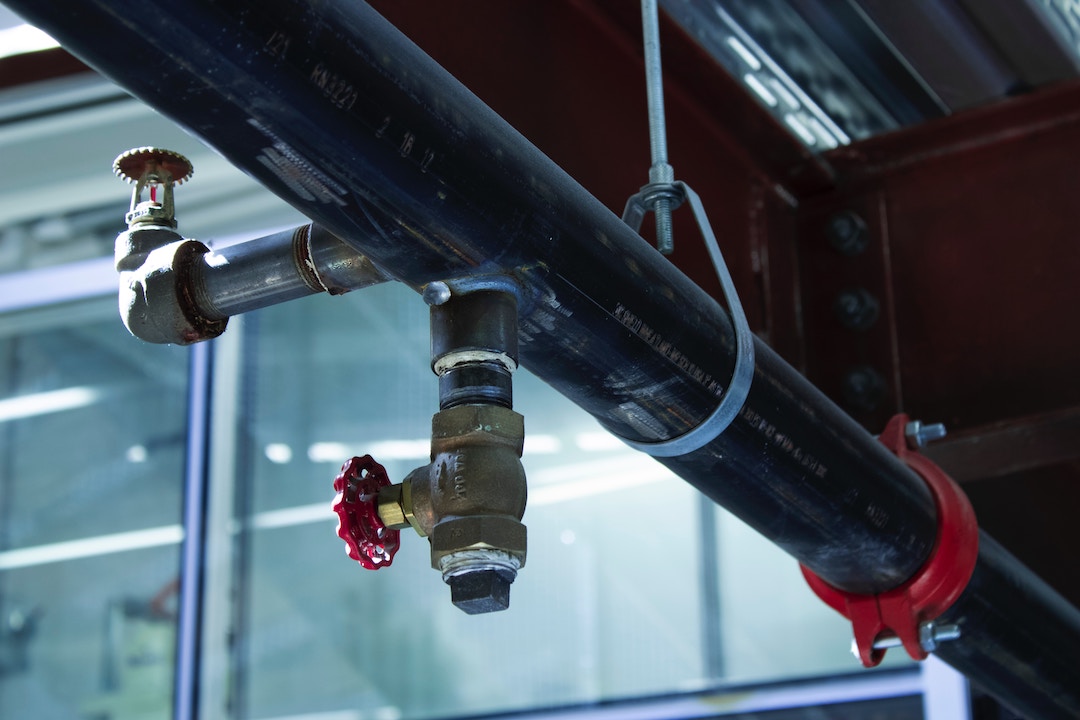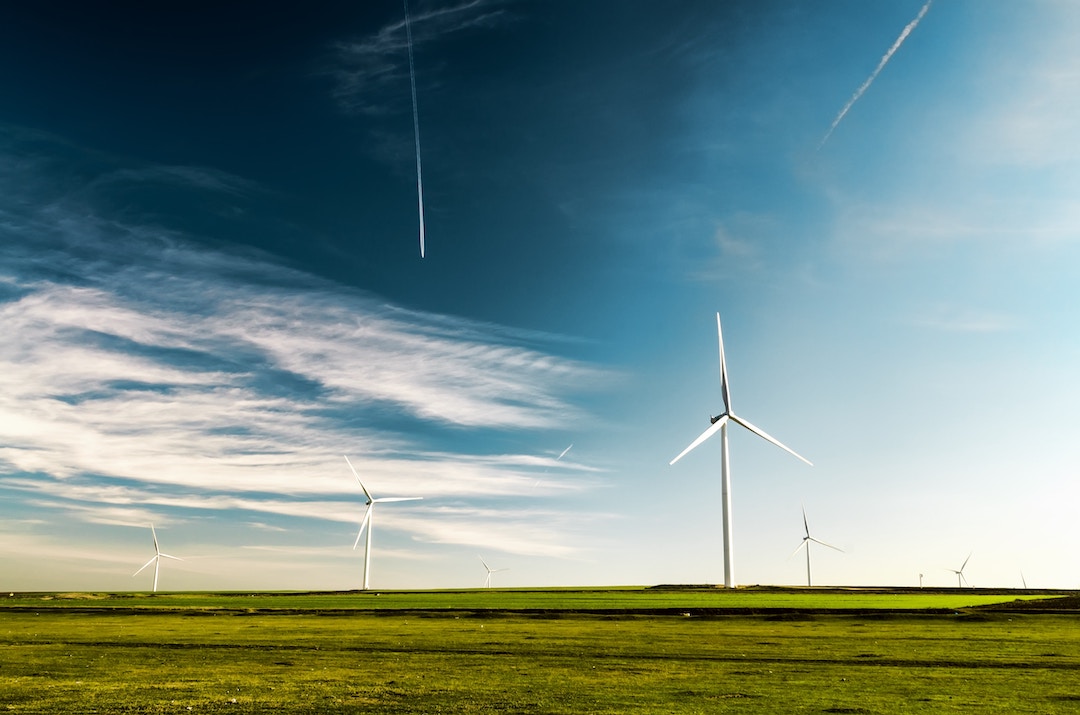Renewable hydrogen could be the key to unlocking a greener future for Australia.
Research from the Australian Hydrogen Centre suggests that embracing renewable hydrogen may be a technically and economically viable way to develop a clean energy future. By introducing this hydrogen into gas networks, Aussie homes and businesses could see the benefits of green energy sooner than we think.

Lean, green and clean
The report was generated after extensive research into the hydrogen value chain, and an assessment of market sustainability for delivering safe and reliable clean energy. It found that using current gas distribution networks to spread carbon-free gas throughout Aussie homes and businesses could be a simple and effective way to reduce carbon emissions without disrupting energy systems.
CEO of the Australian Gas Infrastructure Group and founding member of the centre, Craig de Laine, believes using existing gas networks is the solution we’ve been searching for.
“We have always said there is no single solution to the enormous task of decarbonising our homes and businesses – and we need more options, not fewer, to give us the greatest chance of achieving Australia’s emissions reduction targets while also maintaining the security, reliability and diversity of energy supply the community expects,” he explains.
“Renewable gases such as renewable hydrogen and biomethane have a critical role to play in ensuring a smooth transition, creating new jobs and industries and as a low carbon energy choice for Australians. Allowing customers to continue to choose how they decarbonise should remain a fundamental part of our energy system going forward.
“As a result of investment over the last two decades in our world-class infrastructure, our existing gas distribution networks are ready today to deliver renewable hydrogen, with much of our distribution network already ready for 100% renewable hydrogen.”

The renewable hydrogen could be delivered through current gas networks.
Helpful hydrogen
The Australian Renewable Energy Agency (ARENA) explains that renewable hydrogen is a versatile material that can be used in chemical and fertiliser production, transport sectors and gas delivery. Hydrogen can also be used to produce green iron or alumina.
According to their research, demand for hydrogen exports could reach 3 million annual tonnes by 2040, with a market value of $10 billion every year. This suggests that introducing renewable hydrogen to the energy grid may positively impact the economy and support carbon reduction goals.
Forward thinking
According to the report, delivering a 10 percent blend of renewable hydrogen through gas distribution networks will immediately lower carbon emissions without disrupting access to power in Aussie homes and businesses. The study also found that achieving 100 percent renewable hydrogen was possible within our current infrastructure with some development.
“Around four thousand AGIG domestic gas customers are already enjoying blended renewable hydrogen gas in South Australia through our Hydrogen Park South Australia facility, and are reporting the same high levels of performance, safety, reliability and convenience as natural gas.
“In the longer term, the transition to renewable hydrogen can deliver significant economic dividends as the cost of production decreases. Using existing technology to produce and supply 100% hydrogen can result in stable energy bills similar to projections of customer bills from 2021, excluding any cost of carbon or technology breakthroughs, which would put additional downward pressure on costs,” says Craig de Laine.

Additionally, implementing renewable hydrogen will create new jobs and develop the economy. The report found that achieving only 10 percent hydrogen in the gas network would create 700 new jobs during construction. Achieving 100 percent hydrogen, however, would create nearly 18,000 new jobs – 12,00 during construction and 5,500 ongoing.
“This is just the start of what is possible for Australia’s energy system. We want to be able to continue to make investments and realise our low carbon vision of fully transitioning our gas distribution networks to renewable gas by 2040 as a stretch target, and no later than 2050.”
Currently, the Australian Gas Infrastructure Group delivers gas to two million homes and businesses through more than 4,300 km of pipelines. Their goal of achieving 10 percent renewable gas delivery by 2030 could significantly lower emissions in Australia and set the country on a path towards green energy.
To read more about how green hydrogen will be used in the future, click here.

